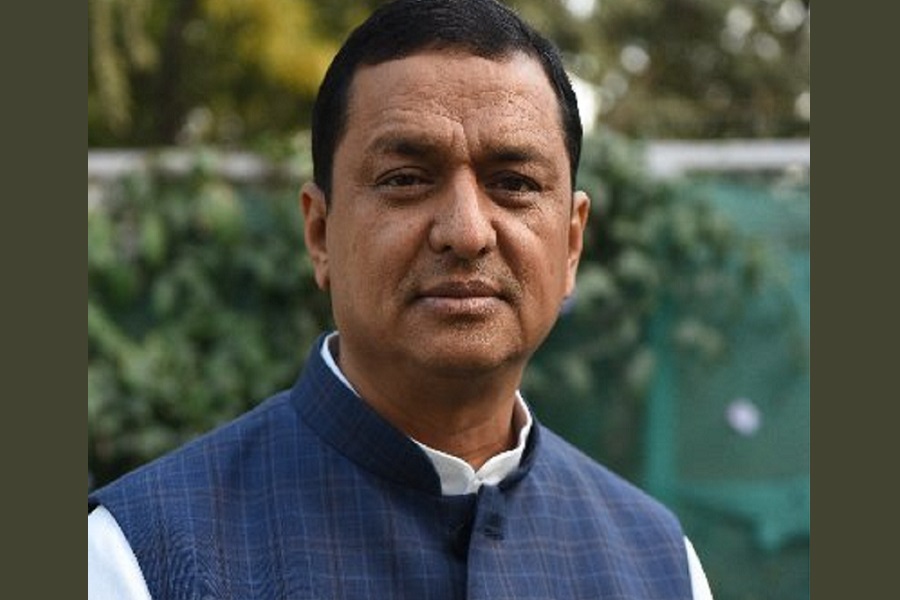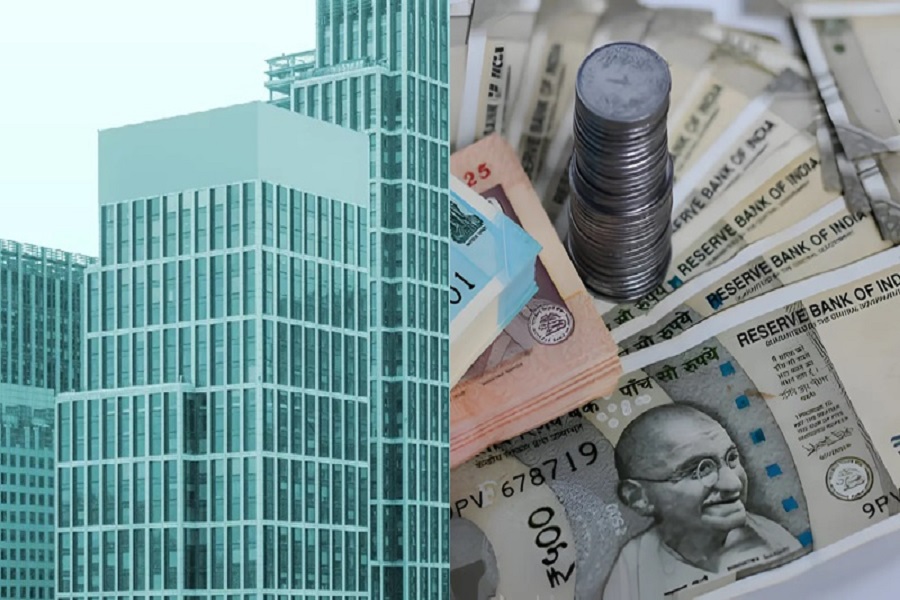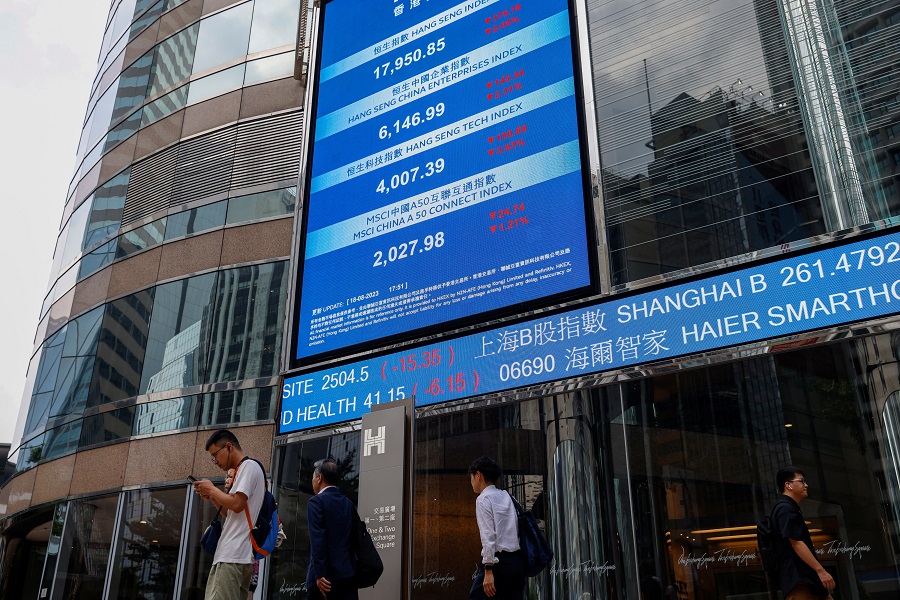Markets fall for 4th straight session; Nifty ends below 17,450 mark

Indian equity benchmarks suffered sharp losses on Monday, extending losses to the fourth trading session in a row. A sell-off across sectors, led by realty, energy and consumer durables shares, pulled the headline indices lower. Broader markets also tumbled, with both the midcap and smallcap indices falling by around three percent. Equity markets started the week on a negative note and extended their decline further, as RBI data showed the country’s foreign exchange reserves declined by $763 million to $640.112 billion in the week ended November 12, 2021. In the previous week ended November 5, the reserves had decreased by $1.145 billion to $ 640.874 billion. It touched a lifetime high of $642.453 billion in the week ended September 3, 2021. Adding to the pessimism, the government increased goods and services tax (GST) applicable on finished products such as apparel, textiles and footwear from 5 percent to 12 percent, effective January 2022.
The benchmark indices continued to languish at lower levels in late afternoon session, as exchange data showed that the foreign institutional investors (FIIs) were net sellers of stocks worth Rs 3,930.62 on Thursday, thus taking the total net selling to nearly Rs 10,000 crore so far this month in the cash segment. This is following Rs 25,572 crore worth selling in October. Since the start of this fiscal year, FIIs have net sold shares to the tune of Rs 75,500 crore. Markets participants overlooked the Economic Advisory Council to the Prime Minister (EAC-PM) stating that the Indian economy is likely to grow by 7-7.5 per cent in the next fiscal year, while observing that contact intensive sectors and construction should recover in 2022-23. Traders paid no heed towards Chief Economic Advisor (CEA) Krishnamurthy Subramanian’s statement that the recent reforms initiated by the government will lay the foundation of higher growth. He said the production-linked incentive (PLI) scheme being implemented by the government is directed towards growth.
On the global front, Asian markets ended mostly in green despite a trio of Fed policymakers signaled that the topic of a faster taper might be on the table when the Federal Open Market Committee meets in December. European markets were trading higher even as worries about the global economy due to resurgence of coronavirus cases and fresh lockdown measures in Europe. Back home, on the sectoral front, aviation stocks were in focus as DGCA data showed domestic air passenger volume spiked 70.46% in October to 89.85 lakh over the same month of 2020. Stocks related to pharma and medical equipment sectors were in action as Union Chemicals and Fertilisers Minister Mansukh Mandaviya said the PLI schemes for the pharma and medical equipment sectors would go a long way in making the country secure when it comes to critical drugs.
Finally, the BSE Sensex fell 1170.12 points or 1.96% to 58,465.89 and the CNX Nifty was down by 348.25 points or 1.96% to 17,416.55.
The BSE Sensex touched high and low of 59,778.37 and 58,011.92, respectively and there were 3 stocks advancing against 27 stocks declining on the index.
The broader indices ended in red; the BSE Mid cap index fell 2.62%, while Small cap index was down by 2.96%.
The few gaining sectoral indices on the BSE were Telecom up by 2.92% and Metal up by 0.07%, while Realty down by 4.45%, Energy down by 3.99%, Consumer Durables down by 3.22%, Auto down by 3.07% and Oil & Gas down by 3.00% were the top losing indices on BSE.
The top gainers on the Sensex were Bharti Airtel up by 3.90%, Asian Paints up by 1.14% and Power Grid Corp up by 0.99%. On the flip side, Bajaj Finance down by 5.74%, Bajaj Finserv down by 4.69%, Reliance Industries down by 4.42%, NTPC down by 3.73% and Titan Company down by 3.49% were the top losers.
Meanwhile, domestic rating agency -- Icra has upgraded its Gross Domestic Product (GDP) growth estimate for the second quarter of FY2021-22 to 7.9 per cent with a jump in government spending in September. Earlier, it had estimate real GDP growth for the July-September period at 7.7 per cent. The GDP had grown by over 20 per cent in Q1FY22 on a low base as the pandemic’s first wave raged.
It said ‘Economic activity in Q2 FY22 was supported by a pick-up in industrial and service sector volumes after the second wave of Covid-19 subsided and rising vaccine coverage revived confidence. Additionally, healthy Central and state Government spending, robust merchandise exports and continuing demand from the farm sector supported economic activity in that quarter’. It added this would be an improvement when compared to the COVID second wave-hit first quarter of the fiscal.
The agency said a normalising base is expected to lead to a moderation in the growth when compared with the year-ago period. The central government’s non-interest revenue expenditure expanded by 15 per cent in Q2FY22, compared to the contraction of 7.3 per cent in Q1FY22. Additionally, for the 22 state governments for which data is available, revenue expenditure expanded by 13.1 per cent in Q2FY22, a step up from the 10.6 per cent growth in Q1FY22. The agency estimates growth by gross value added basis for the industry, services and agriculture, forestry and fishing to come at 8.5 per cent, 7.9 per cent and 3.0 per cent, respectively, for the quarter.
The CNX Nifty traded in a range of 17,805.25 and 17,280.45 and there were 9 stocks advancing against 41 stocks declining on the index.
The top gainers on Nifty were Bharti Airtel up by 3.78%, JSW Steel up by 1.64%, Asian Paints up by 1.13%, Power Grid Corporation up by 0.68% and Hindalco up by 0.50%. On the flip side, Bajaj Finance down by 5.60%, Bajaj Finserv down by 4.81%, Tata Motors down by 4.57%, Reliance Industries down by 4.35% and NTPC down by 3.92% were the top losers.
European markets were trading higher; UK’s FTSE 100 increased 22.89 points or 0.32% to 7,246.46, France’s CAC rose 14.49 points or 0.2% to 7,126.78 and Germany’s DAX was up by 4.80 points or 0.03% to 16,164.77.
Asian markets ended mostly higher on Monday despite some US Fed policymakers signalled that the topic of a faster taper might be on the table at the Fed’s next meeting in December. Chinese stocks gained as the country's central bank signalled possible easing measures to aid the economy's recovery after a sharp downturn in recent months fuelled by a property slump. Seoul stocks rallied after data showed South Korea's exports logged double-digit growth in the first 20 days of November. However, Hong Kong shares declined after reports that advisers to the Chinese central bank were pointing to risks of inflation and slow growth leading to ‘quasi-stagflation’ signalled the conflicting pressures Beijing is facing. Resurgence of coronavirus cases in the United States and Europe and renewed lockdown measures in Austria has made investors cautious. While, investors are waiting to see if Joe Biden decides to keep Jerome Powell at the US Fed’s helm.
Above views are of the author and not of the website kindly read disclaimer






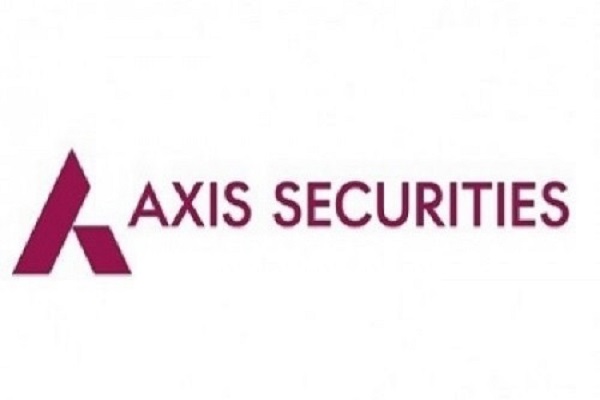
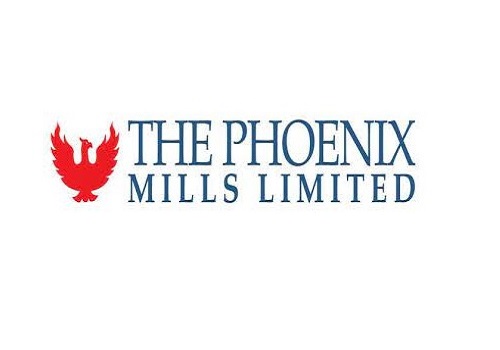
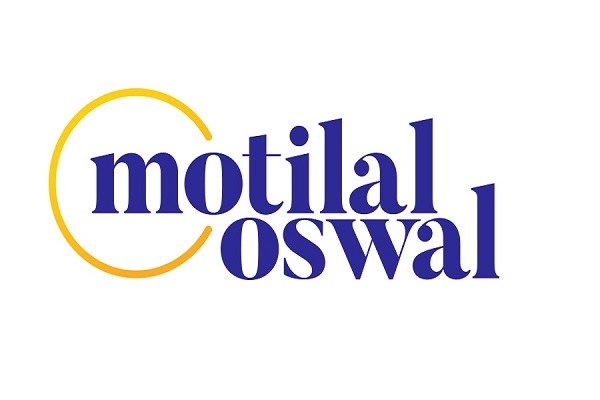

Tag News
More News

Quote on Market Morning Inputs 23rd September 2025 by Shrikant Chouhan, Head Equity Research...






